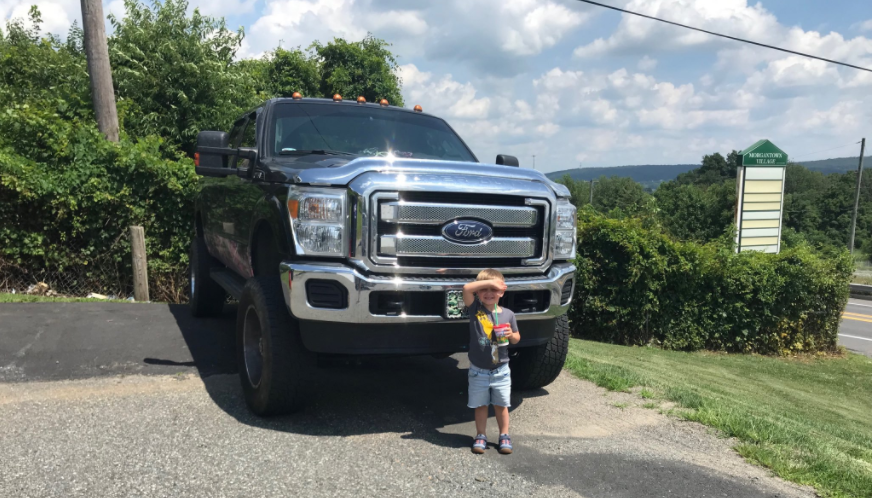Montgomery County, Maryland, just outside DC, is getting ready to do something that could set a precedent for American suburbs -- build a bus rapid transit network. The 82-mile system should offer a huge boost in job access, especially for people without cars.

Pete Tomao at Greater Greater Washington is especially interested in how the effort might help reduce economic inequality within the county:
Studies have found that as sprawl increases social mobility decreases. This is particularly important on Route 29, where over 12% of households have no access to a vehicle. Digging deeper we see that many folks who live on the Route 29 corridor are also those who can least afford sprawl. 50% of renters on Route 29 earn under 50% of the area median income and a total of 30% of corridor households earn under 50% of AMI.
Further compounding the need for better transit access is Montgomery's uneven recovery from the recession. The Route 29 Corridor in particular was hit hard, median income fell 12% between 2009 and 2014, compare this to 1% in the Bethesda area.
Consider this stat: in 2000, none of the county's census tracts had more than an 18% poverty rate, now there are 12 census tracts exceeding that standard. Much of this new "suburbanization of poverty" is affecting communities in the east far more than those in the west -- the Route 29 BRT could help equalize odds in a part of Montgomery that has not seen major transit investments.
Perhaps nothing illustrates the need for affordable transportation on the Route 29 corridor than the number of residents who are rent-burdened, which means they spend more than 30% of their incomes on rent. Looking at data from the US Census we see that 43% of the corridor are renters, 60% of whom are rent burdened.
When you combine housing and transportation costs you see the heavy price of living in a car dependent area. Certain census tracts in Burtonsville show that the average household is spending 71% of their income on rent+[transportation]. That leaves little left over for groceries, healthcare, or savings. The trend continues when looking at other communities along Route 29. In White Oak we see households spending 50% of their income on rent+[transportation] costs, this compares with averages in transit accessible Downtown Silver Spring of 30%-35%. Providing a brt system on Route 29 will allow families to spend more money on essentials like food, and housing.
Elsewhere on the Network today: Rebuilding Place in the Urban Space says it's easy to understand why D.C. Metro ridership has dropped so much: service has declined. And Market Urbanism shares a study that examined what areas of L.A. that were upzoned have in common.





